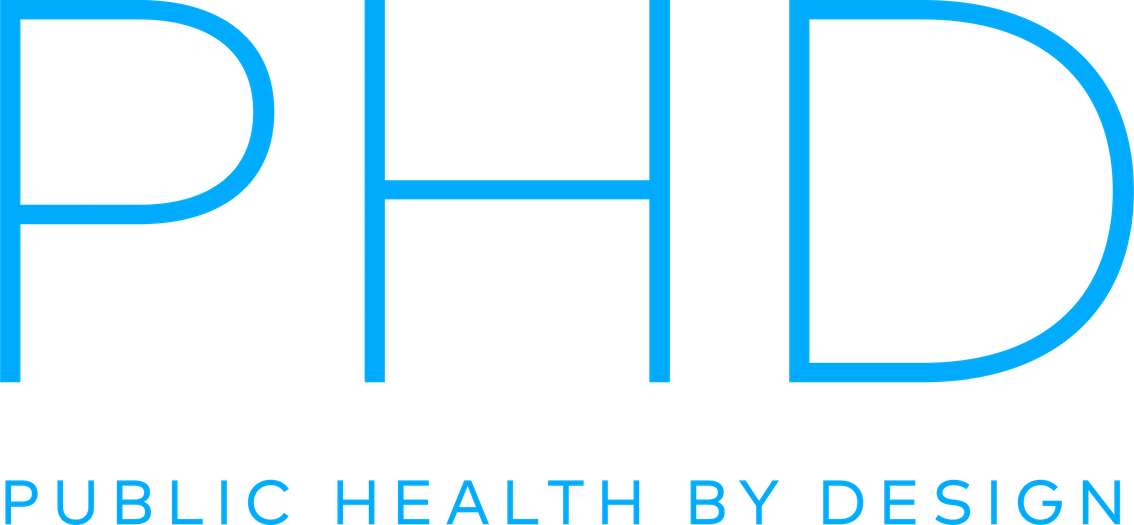Health Impact Assessment
Monitoring and Evaluation
Health Impact Assessment
We’re the Health Impact Assessment, Monitoring and Evaluation experts’ expert. We’ve provided both advice and peer review to other international consultancies. This is our consultancy’s core strength.
Health Impact Assessment or Health Assessment - including monitoring and evaluation - is often incorporated into other types of assessments such as Environmental Impact Assessment and Strategic Environmental Assessments.
Health Risk Assessment, the quantification of health effects particularly of specific natural or human-made chemicals, is an important older form of risk assessment that focuses on one or more few exposures and the health effects of exposure to them via the air, water, soil through direct contact via skin or cornea, inhalation, or ingestion. It’s bets seen as a sub-set of Health Impact Assessment.
You’ll see Health Impact Assessment, Monitoring and Evaluation called a tool in many sources of guidance. This is wrong and fundamentally misunderstands the value of HIA and HIA’s role in governments and businesses that work with, and in, communities, and have the potential to positively and negatively affect community health.
Health Impact Assessment is an applied science just like Health Risk Assessment (HIA and HRA).
There are three ways to think about HIA, with and without, HRA:
“A philosophical orientation, a worldview
A dialogue, a relationship
A methodology, a process”
The narrowest view of HIA, the lowest operational level at which it can be used, is as a methodology and process, to address an organisational and/or governmental regulation. At this level HIA is used as a scientific methodology to identify and estimate, qualitatively and/or quantitatively, the possible and likely community and where appropriate, occupational, health and wellbeing impacts and effects. The goal here is to follow the methodology prescriptively and produce materials that meet regulatory standards or done to blunt community opposition, be they internal pull or external push factors. The goal here is to do a scientific study bringing together evidence to show what the positive and negative health effects are likely to be and what can be done to enhance the positives, eliminate or minimise the negatives, and reduce inequity. This is a transactional approach to HIA.
The wider view of HIA, the middle tactical level at which it can be used, is as a dialogue and relationship, between proponents, communities, workers, regulators, media and other professional stakeholders to create healthy and positive developments, programmes, policies and services. It does not matter what methodology is used, the goal of the process is to come to a consensus, unanimous ideally, but often of the majority of stakeholders, and to move together proactively to design and implement/operate an initiative. the goal here is to build trusting, mutually respectful and open relationships. This is a relational approach to HIA.
The widest view of HIA, the highest strategic level at which it can be used, is as an orientation and worldview, a way to think through how organisations, as a whole, think about and deal with community health. How community health is deeply embedded into the organisation’s vision, values, policies, structures, systems and processes. It includes the operational and tactical, the transactional and relational approaches. It values relationships within an explicit and coherent understanding of how community health adds to the organisation’s work, reputation, and financial sustainability. HIA, healthy design and healthy policy are embedded into the organisation’s DNA over time. Through this orientation organisations, affected communities and other key stakeholders grow, change and adapt in mutually beneficial ways. This is a transformational approach to HIA.
We use a comprehensive wide angle approach that is tailored to the specific initiative and its activities, the lived experience of affected community, and clients’ vision and values.
Our approach builds on and adapts local and international HIA guidance e.g. International Finance Corporation (IFC), International Petroleum Industry Environmental Conservation Association (IPIECA) and International Council on Mining and Metals (ICMM) HIA Guidance, some of which has been authored by our team.
Our aim is to help you to address the aspirations and fears of communities in a way that protect your reputation, time and bottom line in the long term.
This means that in the short and medium term, our solutions may cost you time and money.
But long term, it will enhance your reputation and save you time and money long term, making it easier to achieve organisational goals and deliver initiatives that are aligned to their vision and values.
Health Impact Research
Research on Health Impact Assessment focused on three things, and we have experience of all of them:
Doing specialised and comprehensive reviews of the health impact research literature so that clients can inform discussions with communities, regulators and other professional stakeholders.
Evaluating current organisational systems and processes and how community health is currently being considered and make recommendation for improvement.
Developing internal and external good practice guidance.
Health Impact Capacity Building
We love teaching others about Health Impact Assessment and are happy to do online and on-site training on HIA for you and your organisation.
We design and tailor the course to the timescale and the content that you want.
We can also build capacity through mentoring you and your organisationan using a ‘learning by doing’ approach to successfully do your own HIAs.
Sectors
Nuclear Energy
Oil and Gas
Renewable Energy
Sanitation
Transport
Thermal Energy
Urban Planning
Urban Regeneration
Waste
Water

